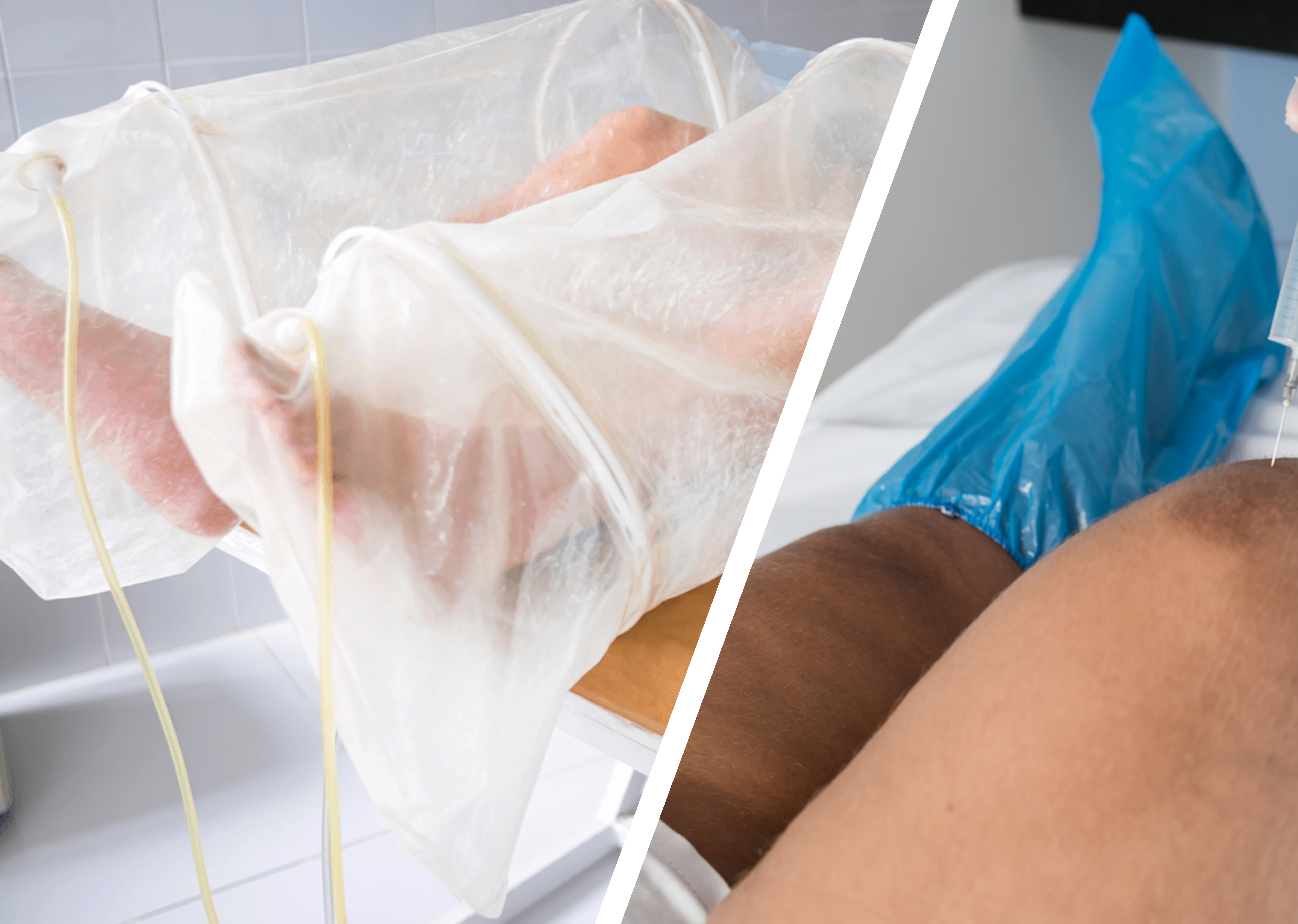
BUY NOW


Ozone therapy is a controversial and experimental treatment that involves the administration of ozone gas to the body. It is believed to have several therapeutic effects, including antimicrobial properties, improved blood circulation, and enhanced oxygen delivery to tissues. These effects could potentially benefit individuals with diabetic wounds. Some proponents of ozone therapy claim that it can help improve wound healing in people with diabetes. They suggest that ozone can stimulate oxygen utilization and increase blood flow, leading to improved tissue oxygenation and enhanced healing. Additionally, ozone's antimicrobial properties may help reduce the risk of infection in diabetic wounds, which is a significant concern. However, it's crucial to note that the effectiveness and safety of ozone therapy for diabetic wounds have not been widely established through rigorous scientific research and clinical trials. Most of the evidence supporting its use is anecdotal or based on small-scale studies with limited methodological rigor. Furthermore, there are potential risks and side effects associated with ozone therapy, such as pulmonary complications and oxidative stress. In the management of diabetic wounds, it is generally recommended to follow evidence-based practices, which include proper wound care techniques, control of blood glucose levels, infection prevention, and adequate nutrition. These approaches have been extensively studied and are considered the standard of care.
(c) Care & Cure | 2023
Site Developed by Igen Software Solutions